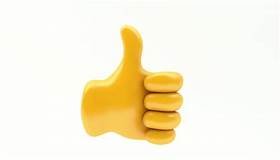When printing stuff that dense you need to pull out all stops. Veiling and blooming in the enlarger is your first enemy. Burning and dodging is way too crude there.Yep, Helge, we certainly agree on that - it's one thing to get extreme density on a neg, but it can be a different thing entirely to bag it realistically as usable density. Besides, unless one is involved in scientific photography or something analogous, it's darn rare to even stumble upon a scene with a density range of 12 or more stops. But yup, I'm quite aware of what Googling the subject will come up with - among other things, what we in this country call a lot of malarky. I know what a densitometer is just as well as anyone else. Taming a curve on graph plotting paper or with a computer profiler is not the same thing as taming it on printing paper.
You need to use pin registered masks. Either hand drawn or contact printed.
That’s one of the few advantages a drum scanner has today. IE. the small aperture, as the smallest “primitive”.
It is possible to camera scan that kind of negative too. Hard too though. But is it necessary to do them in the first place?
I guess it can have its place. But landscape photography is perhaps not one of them.
Slide is quite another story. And there are goody reasons to do B&W slide, apart from wanting to project.
Last edited:







 .
.
